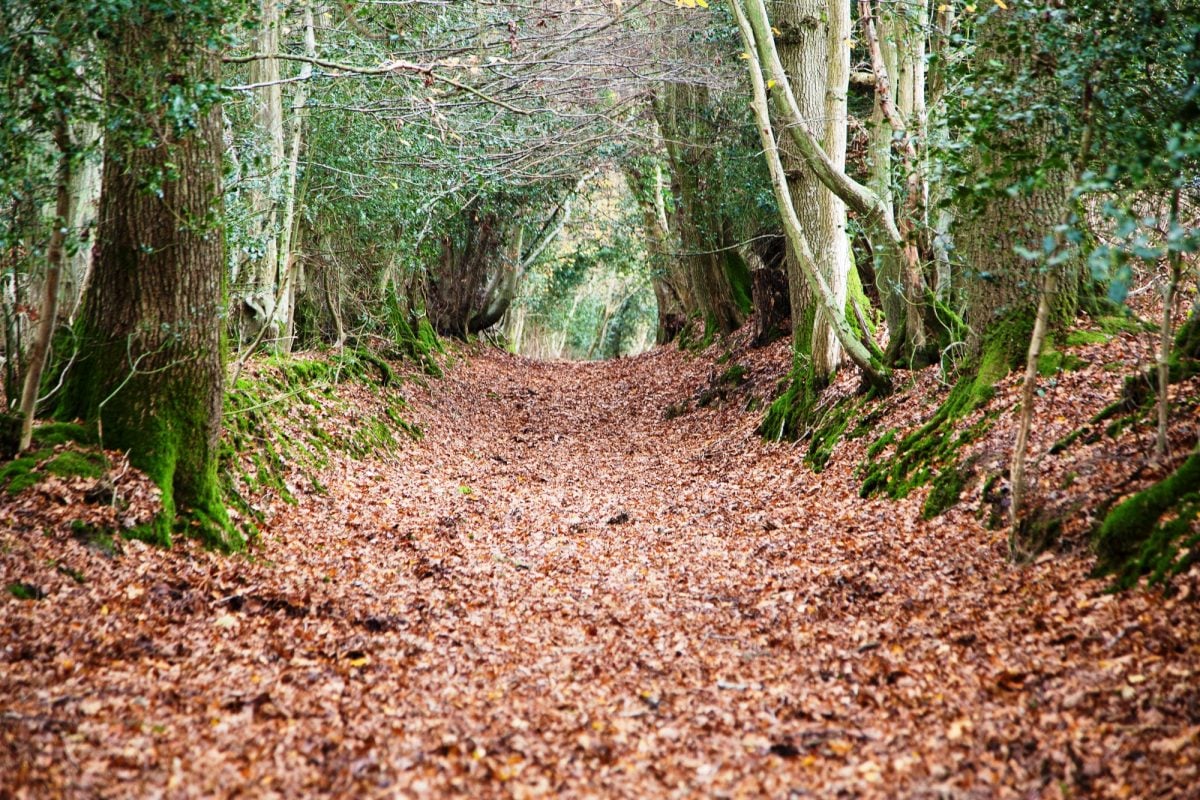Managing woodlands
The High Weald is the ‘lungs of the South East’. It is the most wooded part of England with almost 28% woodland cover; three times the national average.
A high proportion of this is ancient woodland, which has existed since at least the 1600s and is defined by Natural England as ‘irreplaceable habitat’.
This abundance of trees – combined with irregular-shaped fields – creates the High Weald’s distinctive ‘mosaic’ landscape.
Woodland, hedges, wooded gills, copses and shaws (tree belts) are interwoven with small fields and waterways, providing a haven for wildlife.
How we can help
We provide practical support to landowners and communities seeking to manage, restore and create woodland in the Weald:
- An advisory visit to point out the special landscape, archaeology & wildlife features of your woodland. We will provide historic maps of your property so you can see how the landscape has evolved.
- Advice on best practice management techniques, for example coppicing, creating woodland rides and glades, removing non-native and invasive species such as rhododendron and managing high deer numbers
- Guidance on tree establishment and responsible planting of native species, highlighting the need for planting the ‘right tree in the right place’
- Details of grant schemes to support woodland restoration and management projects
- Direction to other land managers and contractors who may be able to offer you practical advice and support.
If you manage or own woodland in the High Weald, whether large or small, please get in touch for advice and guidance.
Why is ancient woodland important?
A stunning 72% of the High Weald’s woodland is ancient, having existed continuously since 1600AD. A valuable natural asset, it supports many rare species, captures and stores carbon, helps mitigate flooding and contains a wealth of archaeological features – for example the remains of iron workings
Ancient woodland is important for recreation, health and wellbeing; it also has a unique cultural, historical and landscape value. Countless authors and artists have been inspired by the area’s woods and forests; not least AA Milne, Rudyard Kipling and Sir Arthur Conan Doyle.
High Weald woodlands were managed for centuries by skilled workers under a rotational system called coppicing. Under this system the trees are cut but not removed and quickly regrow. This method is important for wildlife and is still used today, although on much reduced scale.
Today, foresters use a wider variety of management techniques such as thinning, conversion to high forest, or limited coppicing.


Download our guidance
Other Guidance
Please note these links take you to external websites:
| Title | Date |
|---|
